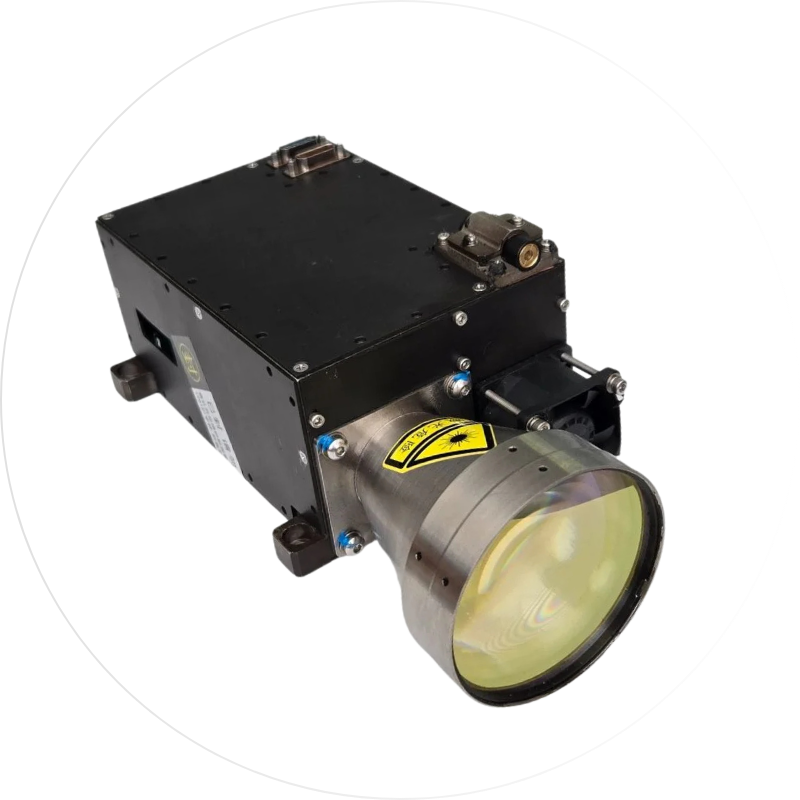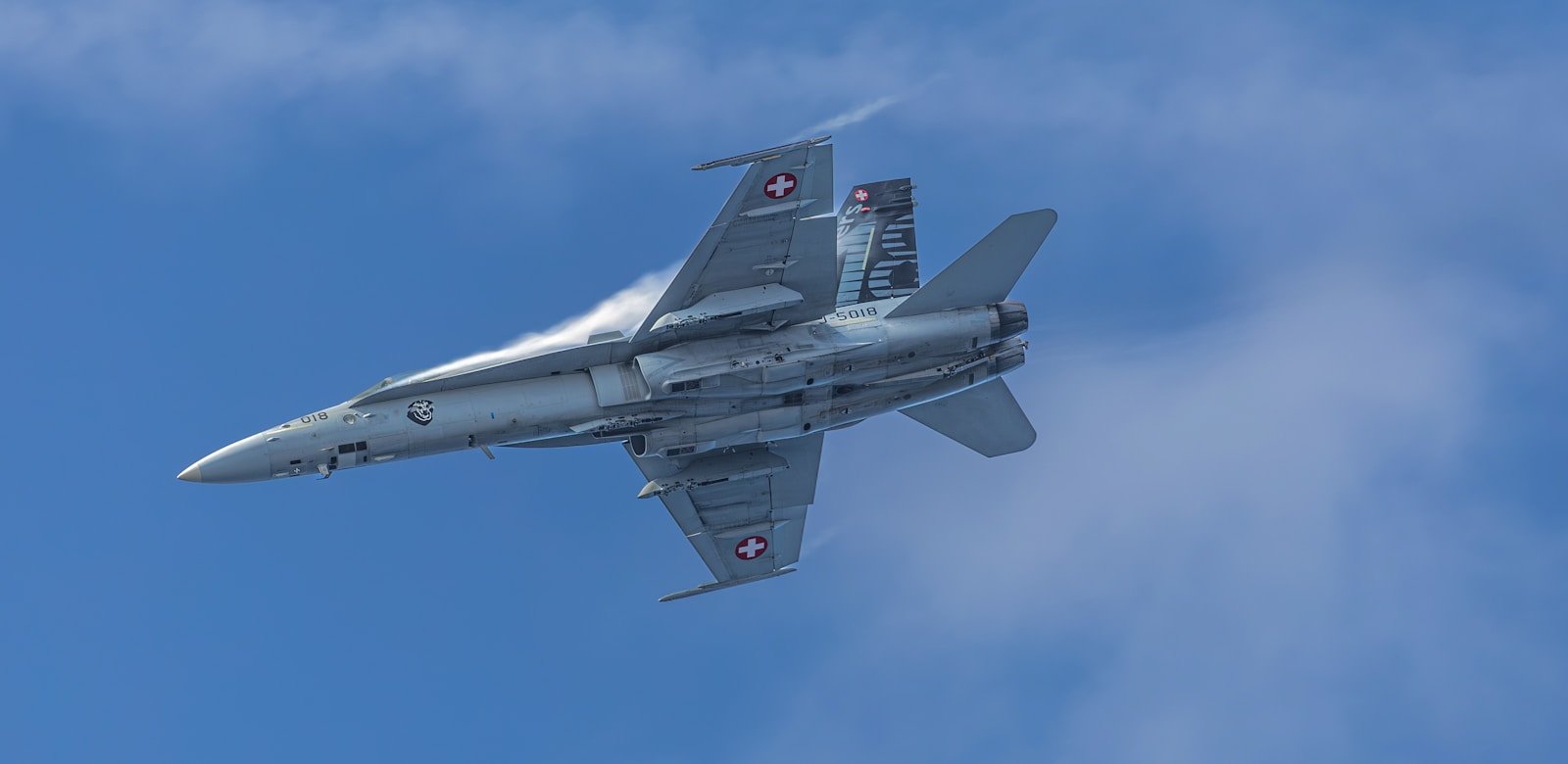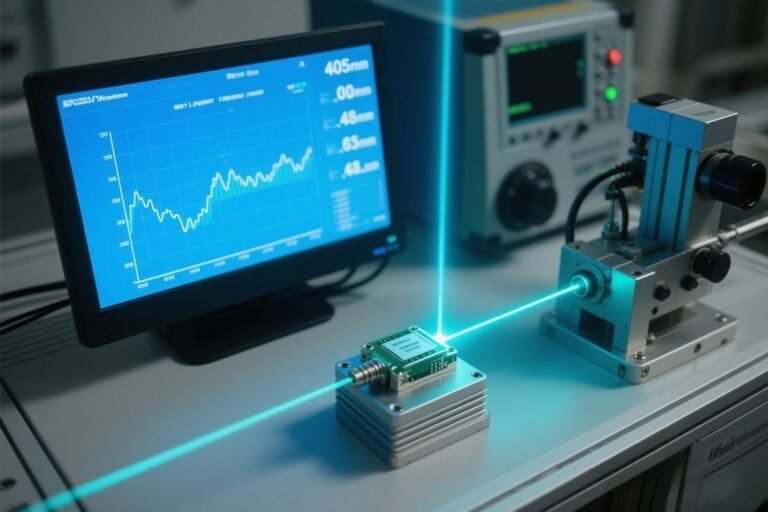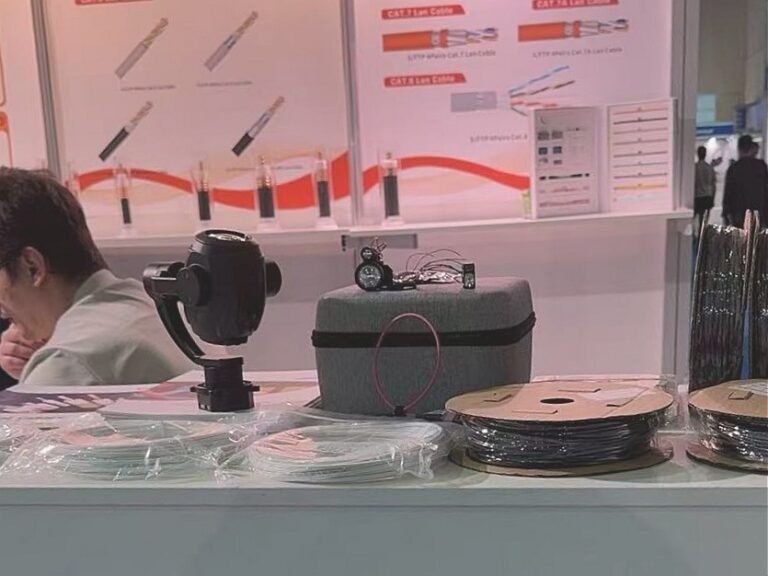Imagine a laser system that unifies rangefinding and target designation into a single, streamlined optical path. No more bulky dual setups, no alignment headaches—just plug-and-play precision. This isn’t sci-fi; it’s co-aperture technology, and it’s transforming military and aerospace applications. Today, we’ll dive into why 1064nm semiconductor-pumped solid-state lasers are at the heart of this revolution.
Why 1064nm? The Science Simplified
The 1064nm wavelength sits in the near-infrared spectrum, offering two critical advantages:
1️⃣ Eye Safety: Absorbed minimally by the cornea, reducing collateral risks.
2️⃣ Atmospheric Penetration: Performs reliably through haze, smoke, or light fog.
Paired with co-aperture design, these lasers merge rangefinding and illumination beams into one emission path. The result? Smaller footprints, faster deployment, and rock-solid reliability.

Key Advantages of Co-Aperture Systems
✅ Size & Weight Reduction
Traditional dual-system setups are being phased out by units like G Series (≤1.95kg). This is critical for airborne and portable applications.
✅ Plug-and-Play Simplicity
Forget warm-up times. Modern systems like the G Series activate instantly, while HDL models ready in ≤1 minute.
✅ Precision Engineering
Beam divergence as low as 0.12 mrad (SFC80G) ensures energy stays focused on distant targets. Encoding accuracy down to ±0.2μs synchronizes seamlessly with guided munitions.
Technical Spotlight: Flagship Co-Aperture Systems
Below are specifications from leading 1064nm co-aperture devices. Note their shared traits: 1064nm wavelength, RS422 interfaces, and military-grade durability (-40°C to +60°C operation).
| Parameters | SFC40G | SFC80G | SFC160G |
| Laser Energy | ≥40mJ | ≥80mJ | ≥160mJ |
| Beam Divergence | ≤0.4 mrad | 0.12~0.3 mrad | 0.3~0.4 mrad |
| Ranging Accuracy | ±5m | ±2m | ±2m |
| Weight | ≤535g | ≤0.8kg | ≤1.95kg |
| Power Consumption | ≤80W (peak) | ≤80W (avg) | ≤150W (avg) |
FAQs:
Q1: Why choose co-aperture over traditional dual systems?
A: Co-aperture slashes size/weight by 50%+ while eliminating beam alignment drift. Maintenance time drops significantly.
Q2: How durable are these systems in extreme environments?
A: All referenced units operate at -40°C to +60°C and withstand MIL-STD shocks/vibrations (GJB150A-2009 compliant).
Q3: Can these lasers support guided munitions?
A: Absolutely. With ±0.2μs encoding accuracy (G Series) and 20Hz base irradiation, they sync with NATO-standard precision-guided systems.
Q4: What’s the typical service life?
A: MTBF exceeds 1,800 hours (G Series), with modular replacement in ≤30 minutes.



